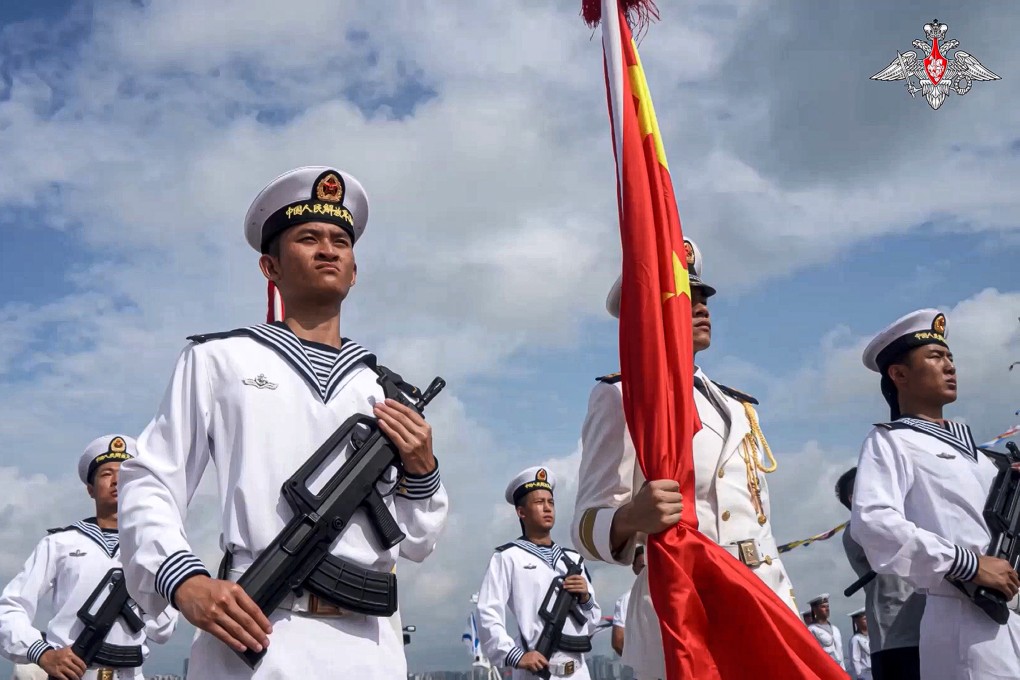Advertisement
Opinion | How Nato’s China focus obscures greater threats coming from within
- Discussions of China dominated the recent Nato summit, but what about the dangers of a sapping war in Ukraine and Trump ‘s potential return?
Reading Time:3 minutes
Why you can trust SCMP
3

While the recent Nato summit celebrated the organisation’s 75th anniversary, its focus on China underscored a shift in geopolitical dynamics. The transatlantic alliance, which was founded to defend against the threat from the Soviet Union and later Russia, is increasingly critical of China and its global role.
Advertisement
Nato has voiced deep concern over China’s failure to condemn Russia’s invasion of Ukraine and accused Beijing of providing material and political support for Moscow’s war efforts. This marks a significant turn, with Nato Secretary General Jens Stoltenberg calling it the alliance’s strongest message to date on China’s involvement in the conflict.
The intense focus on China comes at the same time as a growing feeling of unease within Nato. Some Western strategists had anticipated that Russia’s invasion of Ukraine could end up akin to the Soviet quagmire in Afghanistan, potentially leading to the downfall of Russian President Vladimir Putin. Yet, despite funnelling large amounts of financial support and military equipment to Ukraine and imposing severe financial restrictions on Russia – including freezing large parts of its foreign reserves – the conflict in Ukraine has continued into a third year.
Russia has spent heavily on defence during the conflict, allocating upwards of 6 per cent of its GDP to military spending since its invasion began in February 2022. This is in contrast to Nato member countries, whose defence spending as a percentage of GDP tends to be lower.
Moscow has also shown economic resilience thanks to its considerable financial resources, including US$580 billion in foreign currency and gold reserves. This economic cushion supports its military efforts and allows for sustained investment in its defence industries.
Advertisement
Meanwhile, the defence industries in many Nato countries, particularly in Europe, have largely been scaled back following the end of the Cold War. War games and assessments have indicated potential shortfalls in ammunition production and military readiness among alliance members, highlighting a gap in industrial capacity and preparedness for high-intensity conflicts.

Advertisement
.jpg?itok=kBgLKHMu&v=1721447615)